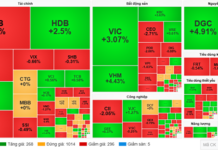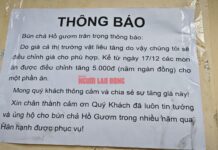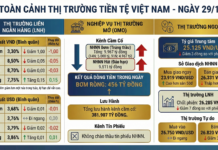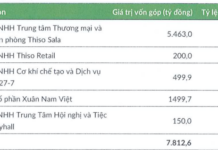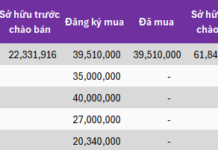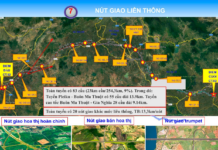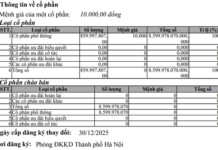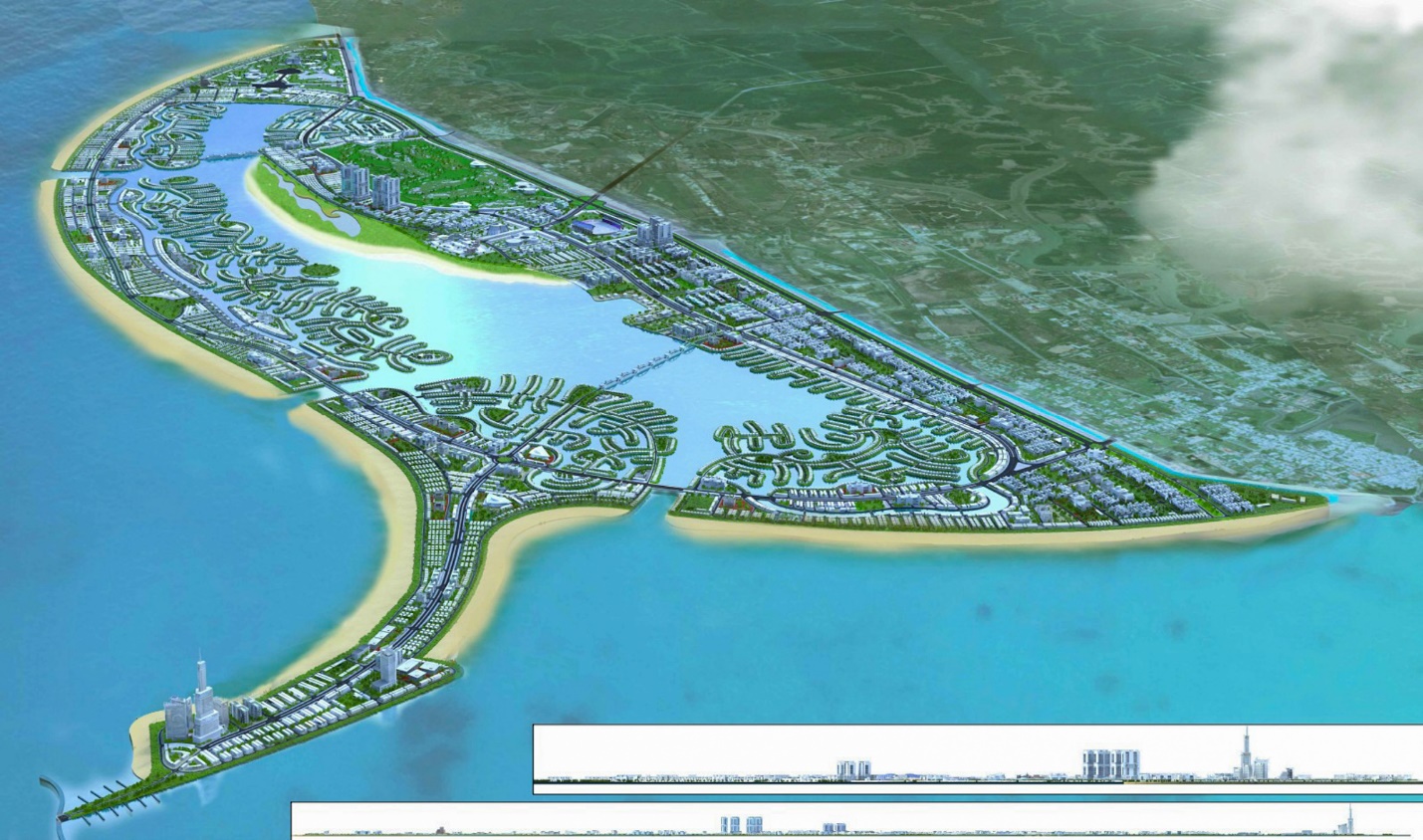
Can Gio coastal urban tourism project will be expected to be carried out in Long Hoa commune and Can Thanh town, Can Gio district. The project covers an area of 2,870 ha (28.7 km2), including commercial and service complexes and luxury apartments, luxury villas, resort villas, etc.
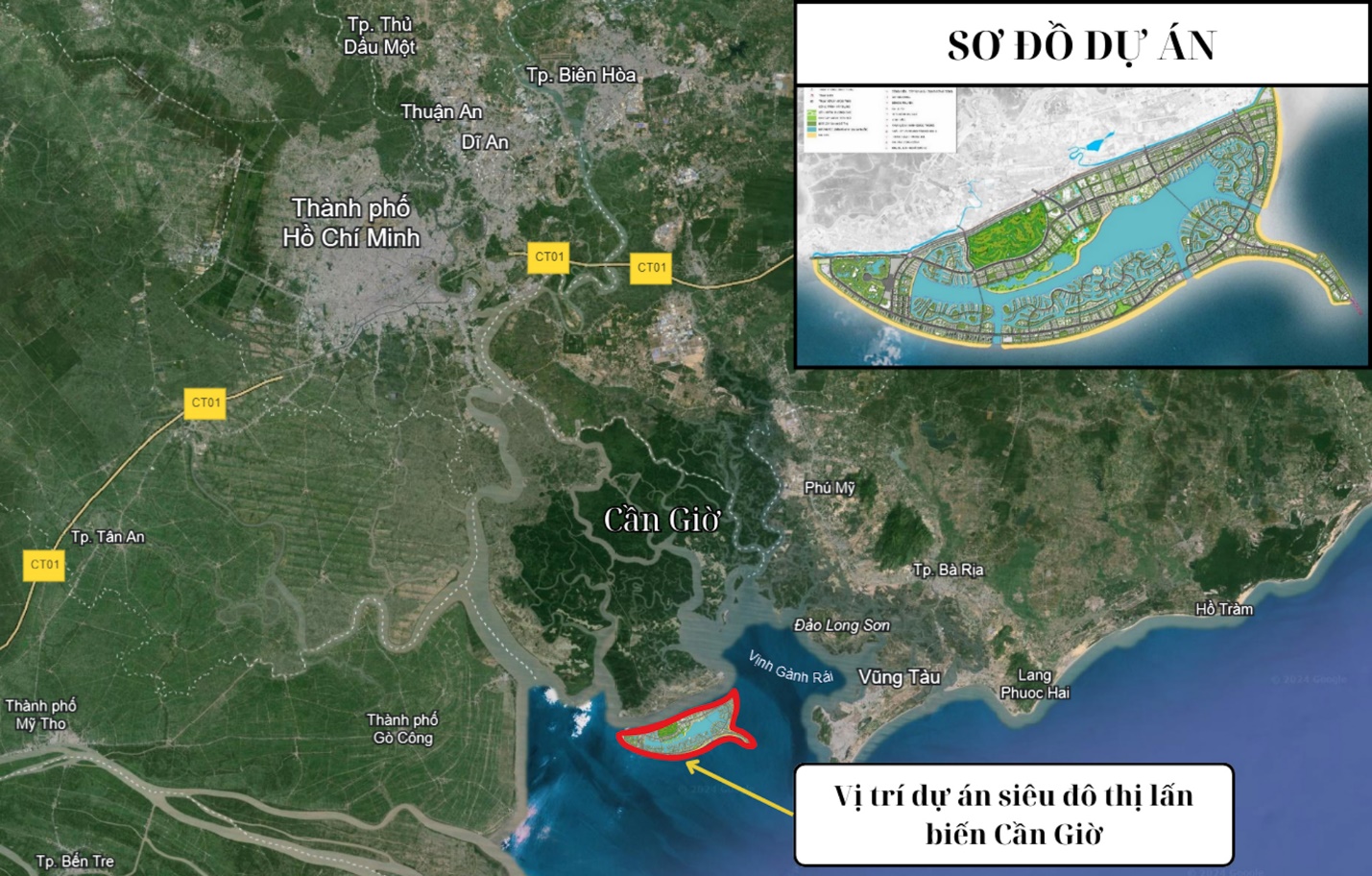
Can Gio coastal urban tourism project’s population scale is nearly 229,000 people. The scale of tourists is nearly 9 million/year. The photo shows the perspective of the central area of Can Gio coastal urban area.
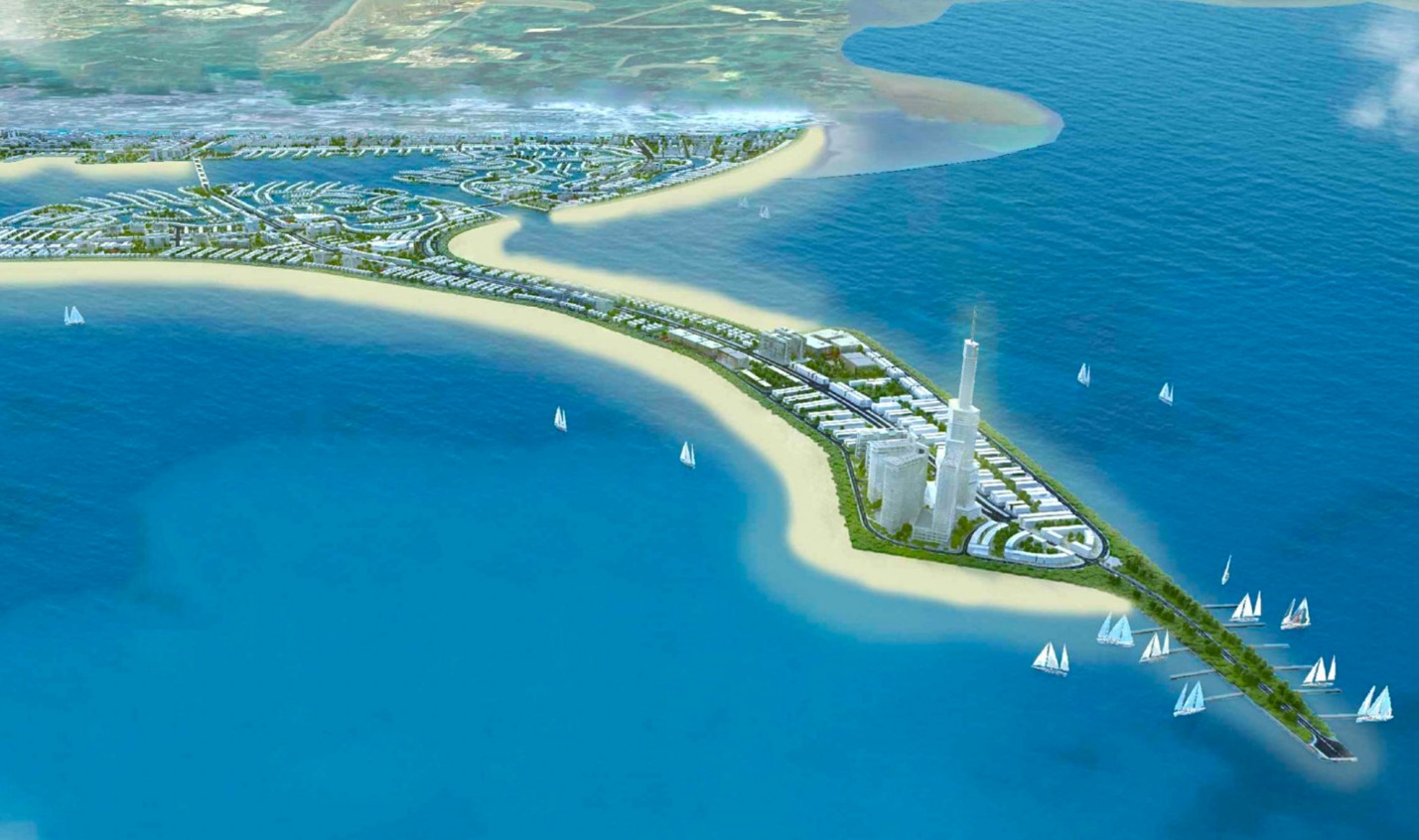
Can Gio is the largest district and the only locality with a sea of Ho Chi Minh City. However, Can Gio’s potential has not been fully exploited due to the lack of infrastructure connecting to the central area and the lack of large projects. The photo shows the perspective of the 108-storey tower at Cape Hai Dang, surrounded by high-rise residential areas, offices, commercial, services, …
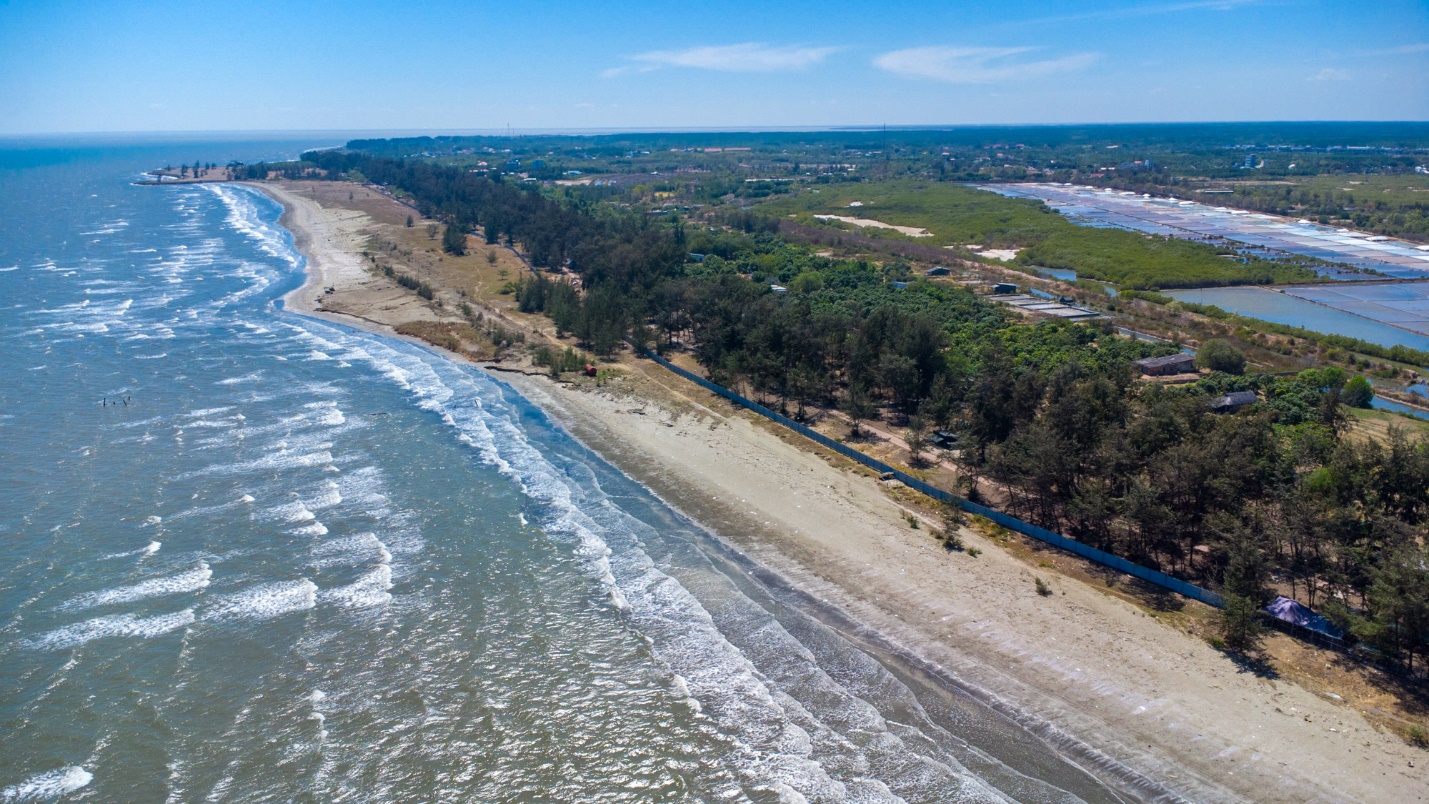
Different from Nha Trang or Da Nang, Can Gio beach is currently more pristine and deserted, very suitable for tourists looking for peaceful experiences.
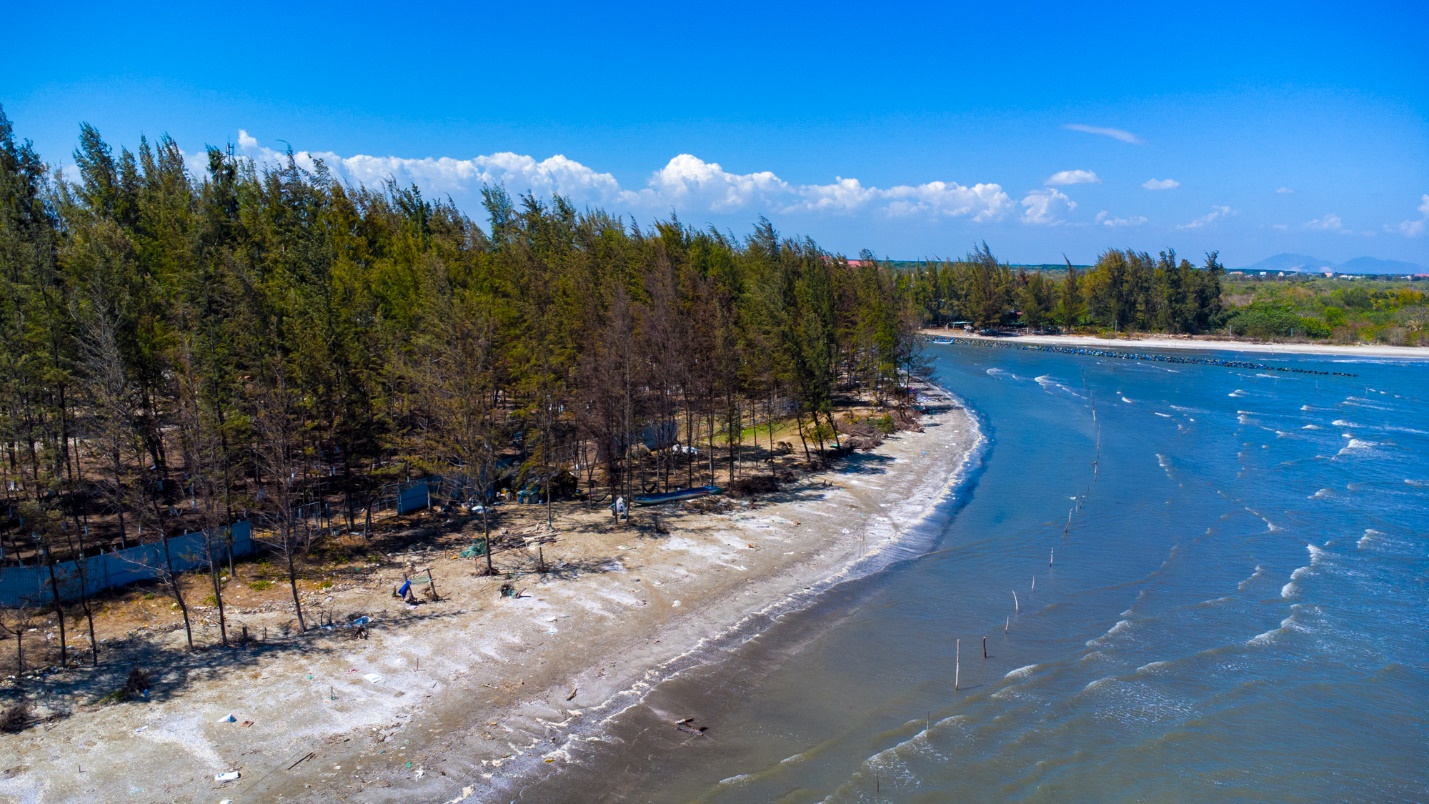
Can Gio coastal urban tourism project will also be implemented synchronously with an important traffic system, connecting it to the center of Ho Chi Minh City such as Can Gio bridge, Binh Khanh bridge, Ben Luc – Long Thanh expressway…
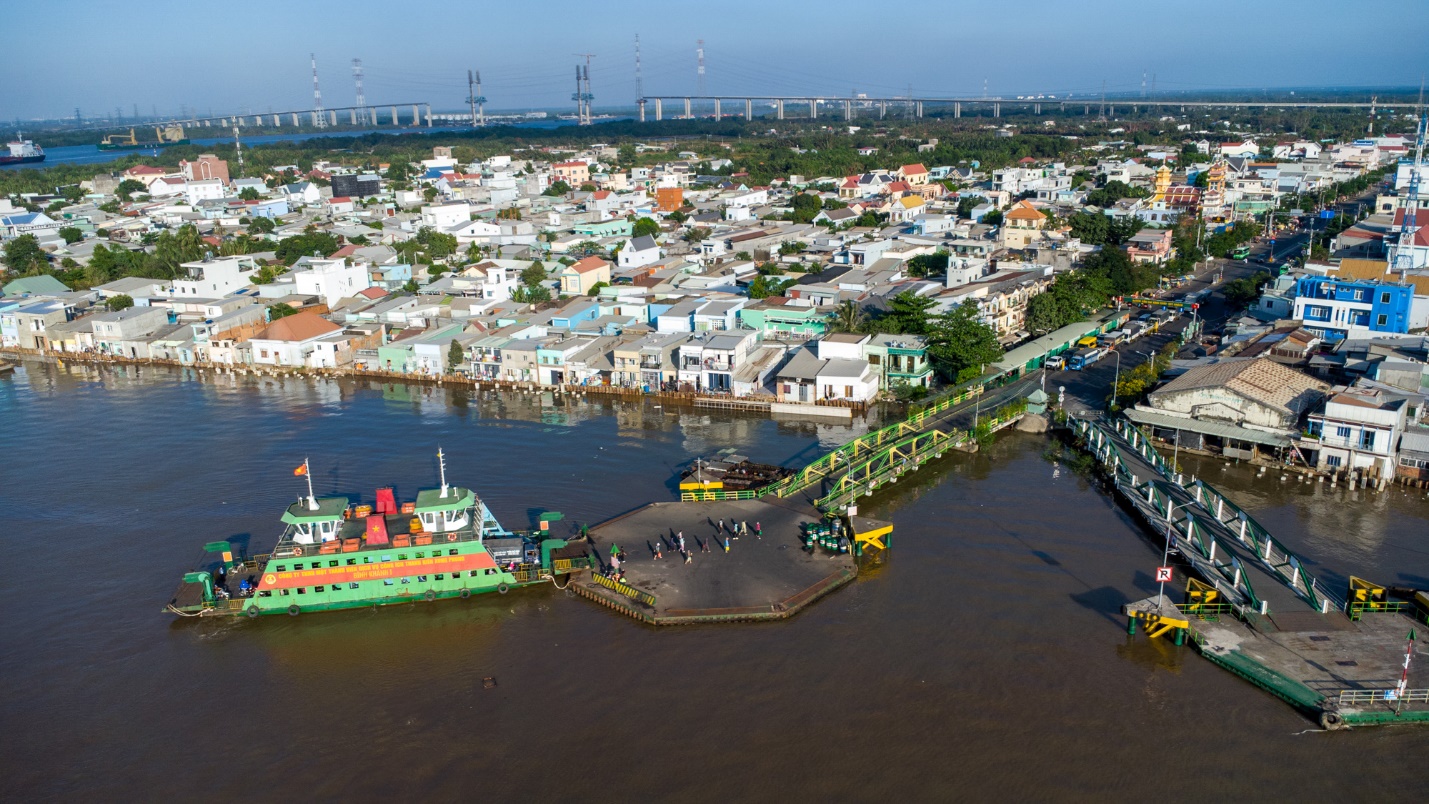
Currently, to get to Can Gio, visitors need to cross the Soai Rap river to Binh Khanh ferry. This is also the “only” way to the coastal district.
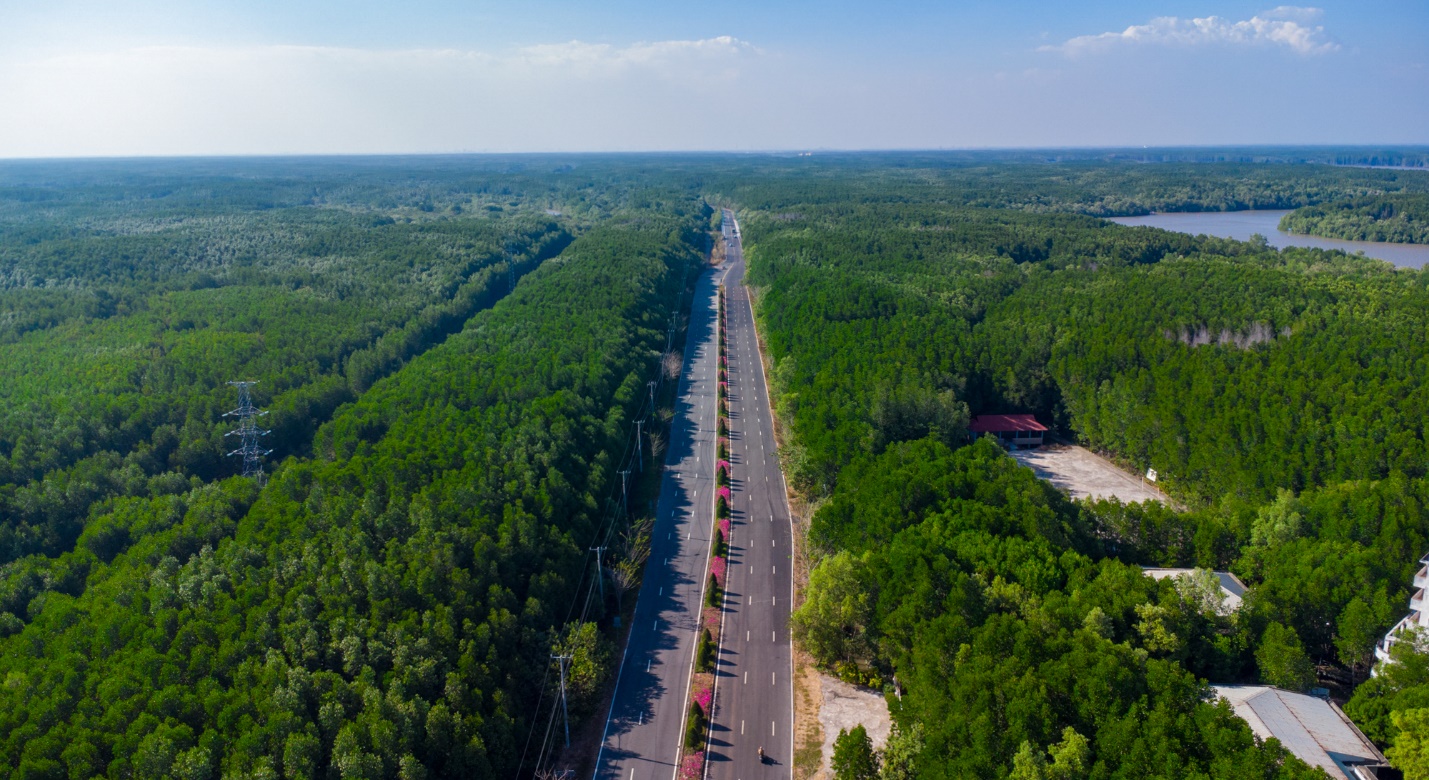
Then, to reach the Can Gio beach, visitors need to continue to move 32 km through the mangrove forest road, one of the most beautiful mangrove forest roads in Vietnam.
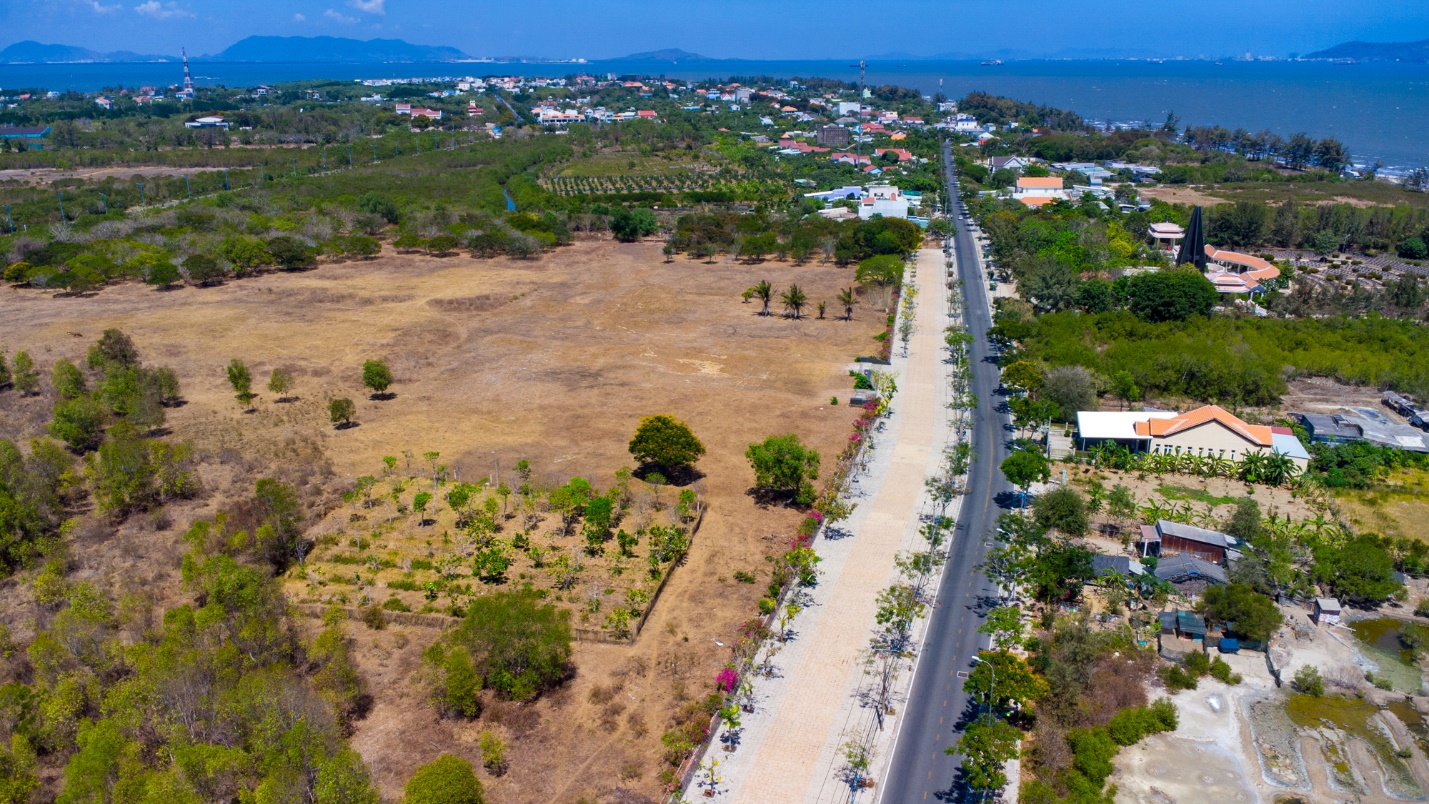
Upon reaching the center of Can Gio district, visitors can take Duyen Hai road or choose any right turn to reach Can Gio beach. The photo shows the central square of Can Thanh town, which is still quite deserted.


